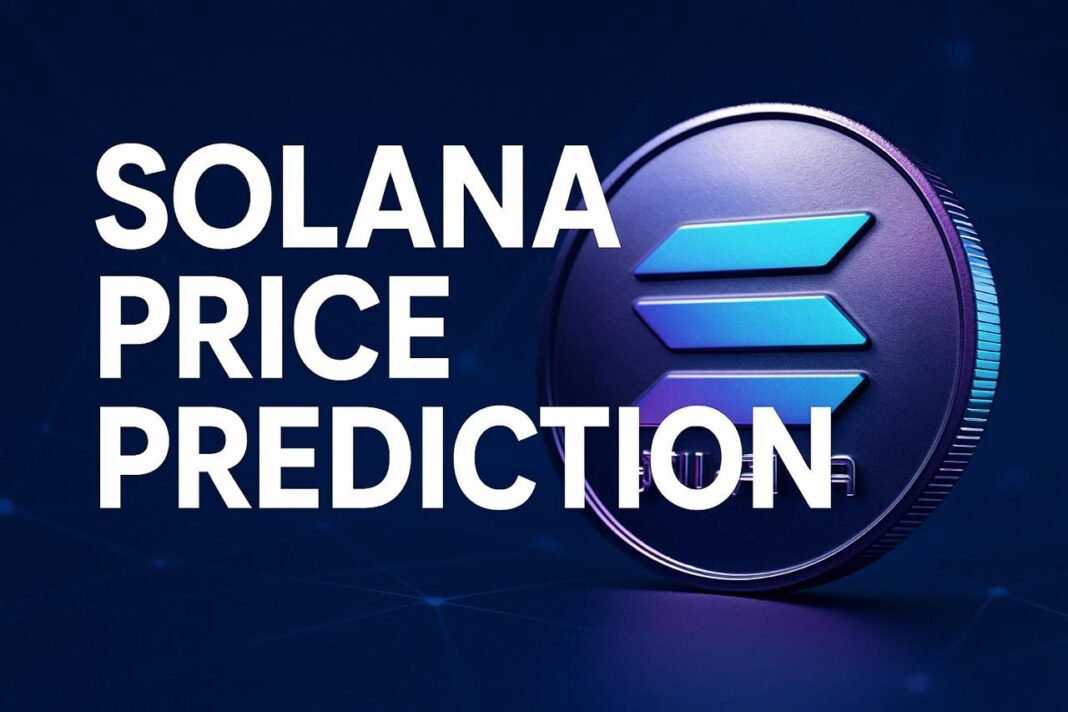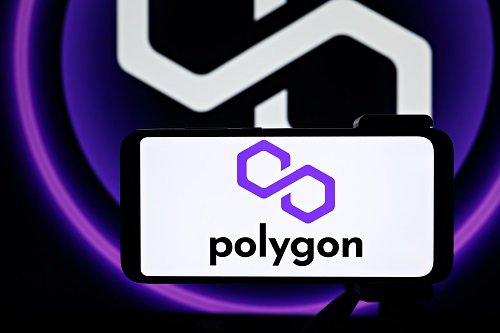Market Pulse
As October 2025 draws to a close, the crypto world is witnessing a profound convergence with traditional finance, largely fueled by the accelerating adoption of Real-World Asset (RWA) tokenization. Once a nascent concept, RWAs have matured into a cornerstone of the digital asset landscape, attracting significant institutional capital and reshaping how value is created, exchanged, and managed across global markets. This paradigm shift is not merely an innovation; it’s a foundational transformation, offering unprecedented liquidity, transparency, and accessibility to assets previously confined within opaque, siloed systems.
Understanding the RWA Tokenization Revolution
Real-World Asset tokenization involves representing tangible or intangible assets on a blockchain as digital tokens. These tokens act as verifiable, programmable, and fractionalized units of ownership or claim over the underlying asset. By late 2025, sophisticated legal frameworks and robust technological solutions have made this process increasingly seamless and secure, moving beyond theoretical discussions to practical, high-value implementations.
- Digital Representation: A token on a blockchain serves as a digital certificate of ownership or entitlement to a specific real-world asset.
- Smart Contract Automation: Ownership transfers, dividend distributions, and other asset-specific actions can be automated via smart contracts, reducing manual processes and human error.
- Fractional Ownership: High-value assets like real estate or fine art can be divided into smaller, affordable units, democratizing access for a wider range of investors.
- Enhanced Liquidity: By making illiquid assets tradable 24/7 on global digital marketplaces, tokenization significantly boosts their liquidity.
Leading the Charge: Key Asset Classes
The scope of assets being tokenized continues to expand rapidly. While early efforts focused on stablecoins backed by fiat, 2025 has seen a dramatic diversification into more complex and high-value categories. This trend underscores the versatility and broad applicability of blockchain technology beyond native cryptocurrencies.
- Real Estate: Both commercial and residential properties are being tokenized, allowing for fractional ownership and easier global investment in prime assets.
- Bonds and Securities: Corporate bonds, government treasuries, and even equities are increasingly issued or represented as security tokens, streamlining capital markets.
- Private Equity & Venture Capital: Tokenization is opening private markets to a broader investor base, offering liquidity options for historically illiquid investments.
- Commodities: Gold, oil, and other physical commodities are being tokenized, offering more efficient trading and custody solutions.
- Intellectual Property & Royalties: Future royalty streams from music, film, or patents are being tokenized, enabling creators to raise capital and investors to share in future earnings.
Driving Forces and Market Impact
Several factors have propelled RWA tokenization to the forefront by October 2025. Institutional players, driven by the pursuit of efficiency, transparency, and new revenue streams, are actively piloting and deploying tokenized solutions. Furthermore, advancements in interoperable blockchain networks and sophisticated token standards have made cross-chain and cross-market transactions more feasible.
The market impact is profound. We are witnessing a reduction in operational costs, faster settlement times, and a dismantling of geographical barriers to investment. This not only benefits large institutions but also empowers smaller investors by offering access to previously exclusive asset classes, fostering a more inclusive financial ecosystem.
Navigating the Regulatory Landscape
Despite the immense potential, the regulatory landscape remains the most significant hurdle. Jurisdictions globally are grappling with how to classify and govern tokenized assets, leading to a patchwork of varying rules. While some regions, like specific European Union nations and parts of Asia, have made strides in creating clear frameworks for security tokens, a unified global approach is still evolving.
Clarity around legal ownership, investor protection, and compliance with anti-money laundering (AML) and know-your-customer (KYC) regulations are paramount. The industry continues to advocate for pragmatic regulations that foster innovation while safeguarding market integrity, pushing for harmonized standards that can unlock the sector’s full global potential.
Conclusion
By late 2025, Real-World Asset tokenization stands as a testament to blockchain’s transformative power, successfully bridging the chasm between traditional finance and the decentralized digital economy. While challenges persist, particularly in the regulatory domain, the momentum is undeniable. As technology continues to mature and regulatory clarity emerges, RWA tokenization is poised to unlock trillions of dollars in value, democratize access to wealth, and fundamentally redefine the architecture of global finance in the years to come.
Pros (Bullish Points)
- Increases liquidity for historically illiquid assets.
- Enables fractional ownership, democratizing investment access.
- Enhances transparency and auditability through blockchain.
- Reduces intermediaries and operational costs in asset management.
Cons (Bearish Points)
- Faces complex and fragmented global regulatory frameworks.
- Requires robust legal certainty for digital ownership claims.
- Integration with existing legacy financial systems poses technical challenges.
- Concerns over scalability for high-volume, real-time RWA transactions.
Frequently Asked Questions
What is Real-World Asset (RWA) Tokenization?
RWA tokenization is the process of converting ownership rights or claims over tangible or intangible assets (like real estate, bonds, or commodities) into digital tokens on a blockchain.
Why is RWA Tokenization gaining traction now?
It's driven by institutional demand for efficiency and new revenue, technological advancements in blockchain, and the desire to increase liquidity and transparency for traditional assets.
What are the biggest challenges for RWA Tokenization?
Key challenges include navigating diverse and evolving global regulatory landscapes, ensuring robust legal enforceability of digital ownership, and integrating effectively with legacy financial infrastructure.






